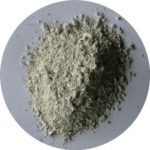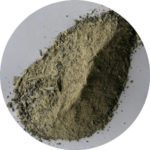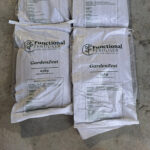PW Burton
The official report states sheep are the likely source of the campylobacter contamination of the Havelock North water supply.
For those that believe dairy cows are the source of all contaminants in our groundwater it just doesn’t matter, they will continue to berate individual farmers and the industry as a whole.
Unfortunately those who see only the negatives have already been provided with sufficient ammunition for a barrage of stinging blows, without any new information coming to light.
The average lactations for dairy cows is now less than 3, and given that cows don’t reach peak performance until 7 years of age it’s a telling statistic.
What is it about the rearing and feeding regimes that allows little if any discretionary culling for those rearing 25% replacements each year?
Dairy cows are remarkably robust animals able to survive on a wide variety of feed provided the diet remains reasonably constant.
Dr Max Turner of Massey University claimed that cows suffering from calcium/magnesium related metabolic disorder in spring were indeed very sick animals and had their diet been anywhere near suitable, few animals would ever need treatment.
If the average lactation length could be doubled there would be room to cull on performance, fewer cows would be required, the genetic merit of the national herd could be lifted, and fewer animals reared with a marked reduction in labour and grazing costs.
If we are to prosper from the growing demand for pasture-only fed dairy products, the quality of the pasture provided will have to be lifted, and the primary issue would seem to be the balance of protein, carbohydrate and fibre, particularly in spring.
Excess protein/nitrate from rapidly growing pasture in spring is excreted and that requires energy, already in short supply. Cows utilise whatever body reserves still available, the reason for rapid weight loss immediately after calving.
The necessity to excrete excess nitrate also means the rumen is not functioning as intended, feed is not fully digested and mineral deficiency sets in resulting in low production and poor mating performance.
But there is an alternative. Grazing pasture that is more mature helps provide extra energy as there is more leaf surface area for sunlight to work on. Longer fibre helps improve rumen function with the pleasing result of more settled animals producing at higher levels.
However a lift in pasture growth with the subsequent improvement in feed quality is only sustainable with an improvement in physical soil structures.
The soil improvers DoloZest and CalciZest, applied nation-wide by an increasing number of farmers, are designed specifically to improve physical soil structures. With more crumb, soils drain more freely and plant roots extract nutrient from deeper, allowing plants to photosynthesise more efficiently.
Plant sugars increase with more of the nitrate being turned to full protein. The improved balance of the feed means rumen function is enhanced and animal performance lifts.
Due to the specifically selected beneficial fungi and bacteria, response can be rapid with farmers often commenting that animals become more settled and graze more evenly within two weeks of application.
With reduced stress on stock mating performance improves, production increases. It’s the first step in a farming system that grows more total pasture. Clover growth over summer is markedly stronger, reducing the effect of summer and early autumn dry, as well as the reliance on fertiliser nitrogen. For more information contact Peter on 0800 843 809




